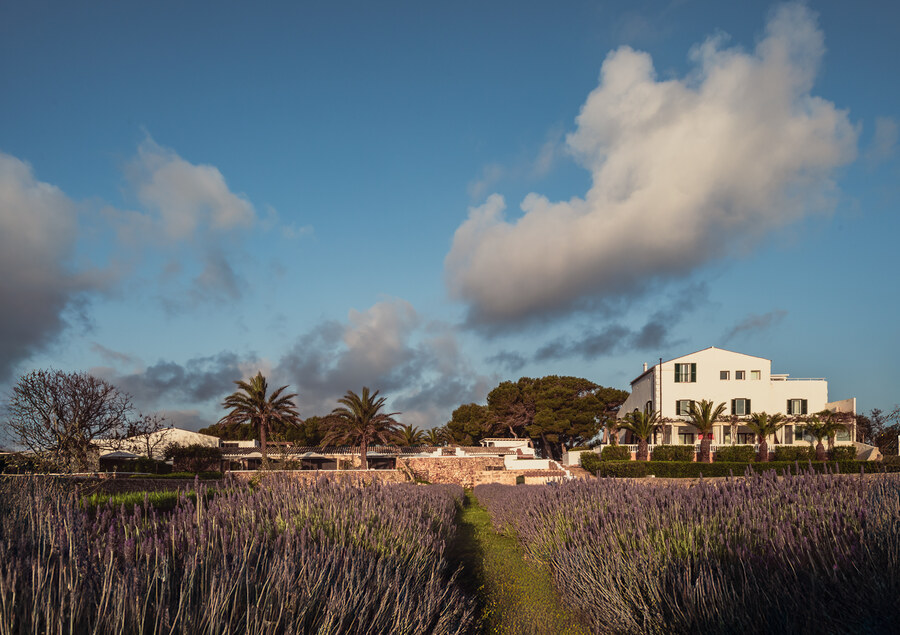In Binissaida, we have been certified as a Biosphere Reserve as an ecological and sustainable destination since 2022.
Energy
We have a photovoltaic power plant that produces electrical energy.
The lights indicating the outdoor paths are powered by solar energy.
The main house is equipped with a photovoltaic boiler system for hot water production.
Water Saving
The new bathrooms are equipped with a water control and saving system.
In 2017, a green filter was created following the guidelines of the GOB, a non-profit environmental association in the Balearic Islands, which reuses rejected water for irrigation of the estate.
Recycling
We promote recycling by providing guests with containers for paper, plastic, and glass.





.jpg)
.tmedium.jpg)
.tmedium.jpg)
.tmedium.jpg)
.tmedium.jpg)
.tmedium.jpg)
.tmedium.jpg)
.tmedium.jpg)
.tmedium.jpg)
.tmedium.jpg)
.tmedium.jpg)
.jpg)
.jpg)
.jpg)